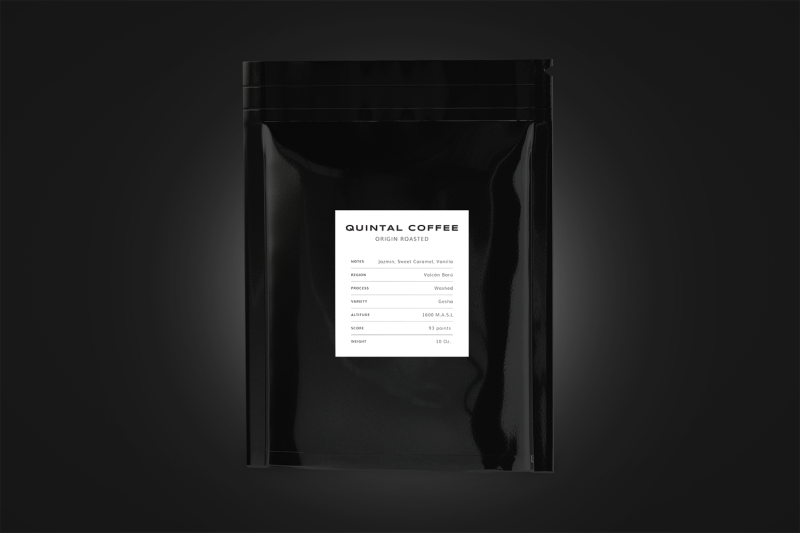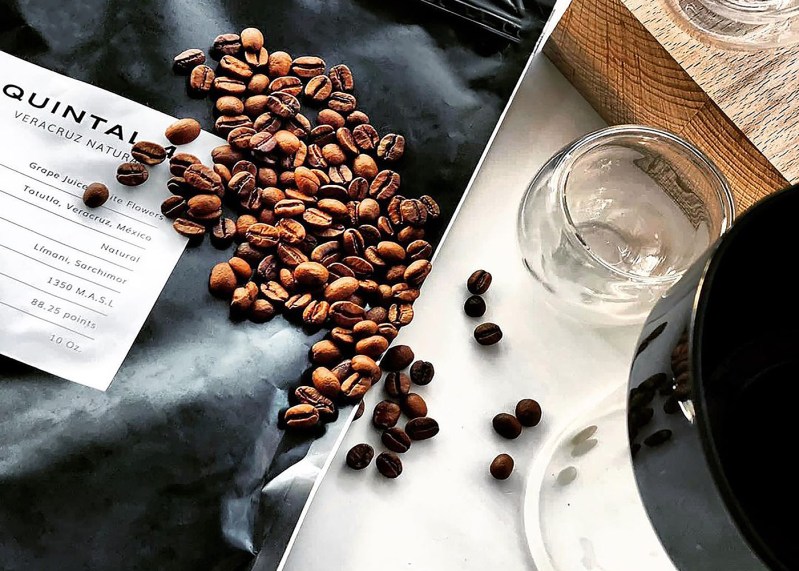Which would you prefer? A filet of grilled swordfish that was previously frozen? Or, a super fresh filet of grilled swordfish caught, cleaned, and grilled on the same day? Seafood lovers will agree that while there’s nothing wrong with frozen, there’s nothing that compares a piece of fish fresh from the water.
The same idea applies to coffee. Thanks to the many online coffee subscription services available, getting the best coffee beans and coffees from roasters all over the country has never been easier. However, if you asked a Colombia or Guatemala native (two leading coffee-producing countries in the world), they’d probably have a different opinion of the coffee here in the states.

They’d likely say that although the coffee is good and there are a lot of roastmasters out there that put a lot of work into making the perfect cup, it’s not quite the same as back home. That’s because they live at the source. It’s grown roasted and sold locally, completely avoiding the coffee supply chain. The result is a cup of coffee that most of us in the U.S. have never experienced.
“We loved the coffee we brought from home, but when it runs out and we had to buy here, we would buy from the best roasters. It was good, but it didn’t taste like the coffee from home.” — Eduardo Umaña, Co-Founder of Quintal Coffee
The everyday coffee drinker is unaware of the lengthy process coffee goes through to arrive in our mugs every day. After the growing and harvesting phase, there are at least five more phases coffee goes through within the coffee supply chain. It’s then hulled, dried, packed, bulked, and then roasted — all under uncontrolled temperatures and humidity. You can add one more step if the coffee is blended instead of a single origin.
Every stop along this coffee lifecycle ages the coffee bean and degrades it that much more. It’s not to say that we’re drinking rotten coffee here in America. Still, it’s essential to understand that the advertised “fresh” cup of coffee we’re getting is anything but. It makes sense. Anything with an expiration date should be consumed as quickly as possible.
The Fresh Makers
So, what’s the point? What are we here in the U.S. supposed to do about it — change the entire coffee industry? It may seem impossible, but two gentlemen are trying to do that for us.
Otto Becker and Eduardo Umaña are the co-founders of Quintal Coffee

“Turns out freshly roasted is just half of the equation because what we roast is very important. We source from the origin and always source from the countries in harvest by latitudes…bringing you the freshest harvests all year long.” — Eduardo Umaña
They began to understand that we can equip ourselves with vast amounts of roasting knowledge, along with the most advanced gadgets, but if we’re using stale ingredients, that’s how our coffee will taste. So, they decided to start Quintal Coffee and roast at origin, completely cutting out the supply chain.
How Quintal Works
Quintal works directly with local coffee farmers in their countries of origin who harvest and roast at the source. They pay a premium for the coffee to include this service, around $5 per pound on average. The premium Quintal pays also covers packaging and shipping costs. At the end of the day, it’s a great deal for farmers as they’ll be lucky to get a fifth of that price in the traditional commodity market.
“We use the roasting facilities of the farmers. We have a list of quality assurances they need to meet, then they ship samples, and I cup the coffees.” — Otto Becker, Co-Founder of Quintal Coffee

The Quintal concept prevents coffee from remaining in its green state throughout the supply chain, which is where the degradation occurs. Not only does that mean an indescribably fresh cup of coffee (seriously, it’s like nothing we’ve ever had), it’s more equitable for everyone involved. Farmers have more money to pay their workers, which is disseminated throughout the local economy.
“Right now, we have four origins: Guatemala, Colombia, Panama, and Mexico. Our objective this year is to have at least origins to include Peru, Brazil, Costa Rica, and other countries from Central America,” said Becker.
For us, the coffee drinkers, we pay a less per-pound cost than a standard cup of coffee here in the states for the freshest coffee possible. That’s because, after each step in the coffee supply chain, the price goes up, inflating the per-pound cost of coffee for the consumer. We pay anywhere from $5 per pound for the cheaper stuff to $20 per pound and higher for “premium” coffee. Yet, whether it’s deemed “cheap” or “premium,” it all goes through the same supply chain.
Bringing Awareness to Fix Broken Systems
Quintal’s direct-to-consumer roasting at origin concept creates a more equitable coffee experience for everyone along the value chain. We’re not saying the current coffee supply chain is evil, per se. But, it doesn’t have the best interests of everyone involved. As these two men work to change how coffee is supplied globally, their business will bring awareness to consumers and coffee suppliers that there’s a better way. The more people who support change, the more likely it will happen.
Editors' Recommendations
- The type of coffee cup you drink from actually matters
- Forget cream or sugar: You should add salt to your coffee
- The hottest contraband from Mexico right now may surprise you
- There’s a surprising link between politics, keto and vegan diets
- You can now design your own splitboard, courtesy of… Twix?



